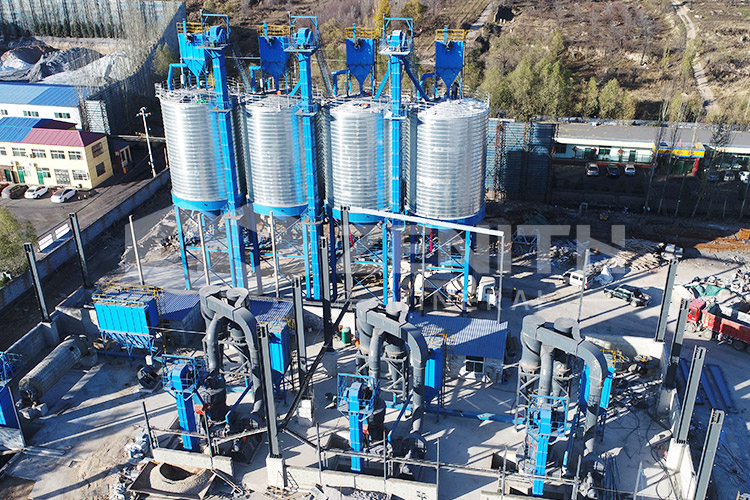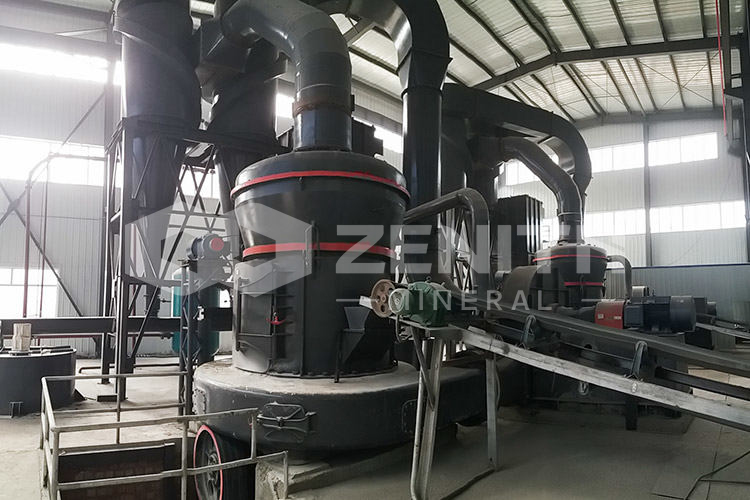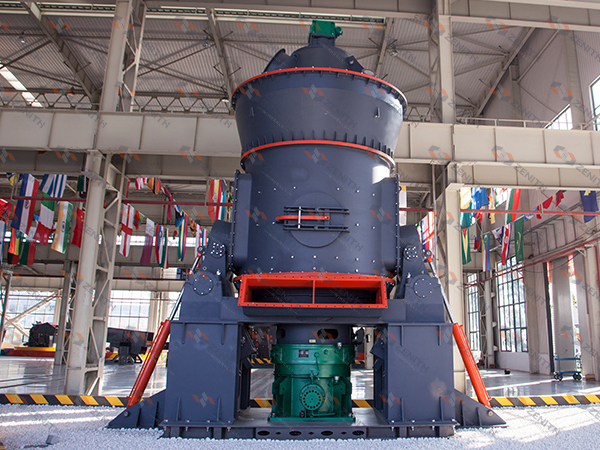Antimony ore grinding mill finished product fineness: 10-15 microns
2025-11-18 12:57:10
In the specialized field of antimony ore processing, achieving the optimal particle size distribution is crucial for downstream recovery processes and final product quality. The target fineness range of 10-15 microns presents specific challenges that require carefully selected grinding equipment to balance efficiency, energy consumption, and operational costs.
_1763441830596.jpg)
Shanghai Zenith Machinery has developed extensive expertise in mineral processing equipment specifically engineered to handle the unique characteristics of antimony ores. Our research indicates that the brittle nature of stibnite (the primary antimony mineral) requires grinding systems that can achieve fine particle sizes without excessive overgrinding, which can lead to slime formation and recovery losses in subsequent flotation processes.
Equipment Solutions for Fine Antimony Grinding
When targeting the 10-15 micron range for antimony concentrates, several grinding technologies demonstrate particular effectiveness:
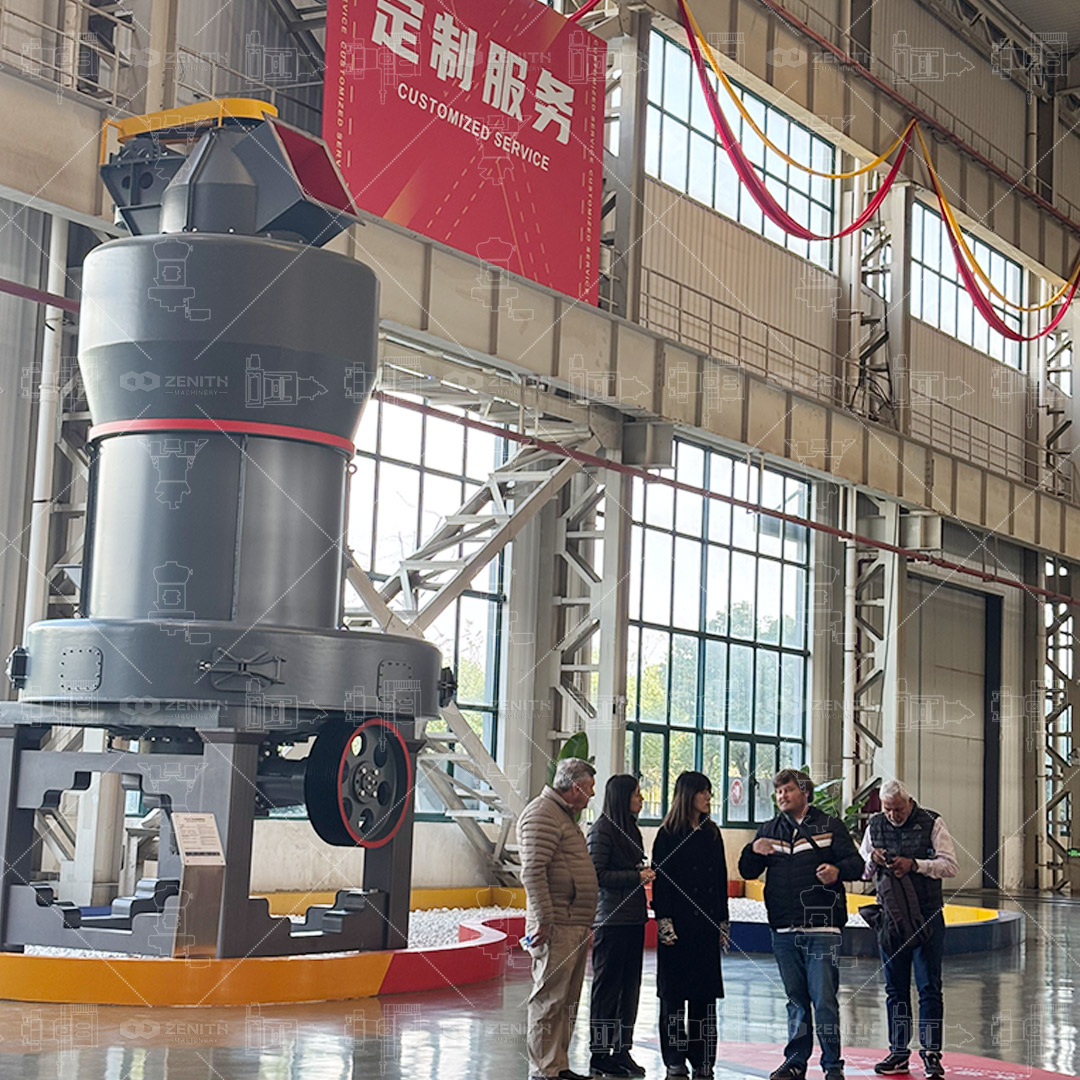
The MTW European Trapezium Mill represents an advanced solution for antimony ore processing with its ability to produce fine powders in the 80-400 mesh range (approximately 180-38 microns), with configurations available to reach the finer end of this spectrum. With capacities ranging from 3-22 T/H and the capability to handle input sizes up to 35mm, this system offers a complete processing solution from bulk material to finished powder. The modular impeller adjustment system allows operators to fine-tune output fineness, making it particularly suitable for achieving the consistent 10-15 micron range required for optimal antimony recovery.
What sets the MTW series apart in antimony applications is its energy efficiency – consuming up to 60% less energy than comparable ball mills – and its high induced air efficiency (85%), which provides excellent material transport through the grinding system without excessive energy expenditure.
_1763441830599.jpg)
For operations requiring even finer control in the ultrafine range, the LUM Ultrafine Vertical Grinding Mill offers exceptional performance with output capabilities from 325-2500 mesh (approximately 44-5 microns). This makes it ideally suited for achieving the precise 10-15 micron target for antimony concentrates. The LUM mill integrates powder grinding, separation, and transportation in a single system, incorporating advanced grinding roller technology from Taiwan and German powder separating technology.
The LUM system's ability to accurately control grinding pressure and speed parameters results in energy savings of 30-50% compared to conventional mills, while its reversible structure and hydraulic adjustment system facilitate quick maintenance and replacement of wear parts – a significant advantage in continuous antimony processing operations.
Technical Considerations for Antimony Ore
Antimony ore presents unique grinding challenges due to its specific gravity of 6.68 g/cm³ and relatively low hardness (3-3.5 on Mohs scale). These characteristics necessitate grinding systems that can handle dense materials while preventing overgrinding of the relatively soft stibnite particles. The target 10-15 micron range represents the optimal size for maximizing surface area while minimizing slime formation that can interfere with flotation reagents.
_1763441830601.jpg)
Our XZM Ultrafine Grinding Mill demonstrates particular effectiveness with antimony ores due to its ability to produce powders between 325-3250 mesh with single classification. The integrated variable frequency drive (VFD) on the classifier allows precise control of classification rotor speed, enabling operators to consistently achieve the 10-15 micron target through simple adjustments at the electric control panel. The absence of rolling bearings and screws in the grinding chamber eliminates common failure points and ensures continuous operation – a critical factor in antimony processing where downtime directly impacts production.
System Integration and Operational Efficiency
Beyond individual mill performance, the complete grinding system design significantly impacts the efficiency of antimony processing. Zenith grinding systems operate under controlled positive and negative pressure conditions with integrated pulse dust collectors that ensure compliance with environmental standards while maximizing product recovery.
_1763441830603.jpg)
The working principle common to our advanced grinding systems involves precise classification and recycling of coarse particles. After initial grinding, materials are transported to powder selectors where precise air classification separates particles based on size. Qualified fine powder in the target 10-15 micron range is collected as finished product, while coarse particles are efficiently returned for regrinding. This closed-circuit approach minimizes energy waste on already-sufficiently-ground material while ensuring consistent product quality.
For antimony operations requiring the highest levels of automation, our LM Vertical Grinding Mills offer fully automated control systems capable of remote operation and monitoring. The constant running capability of these systems – up to 24 hours continuously – provides the operational stability necessary for consistent antimony concentrate quality.
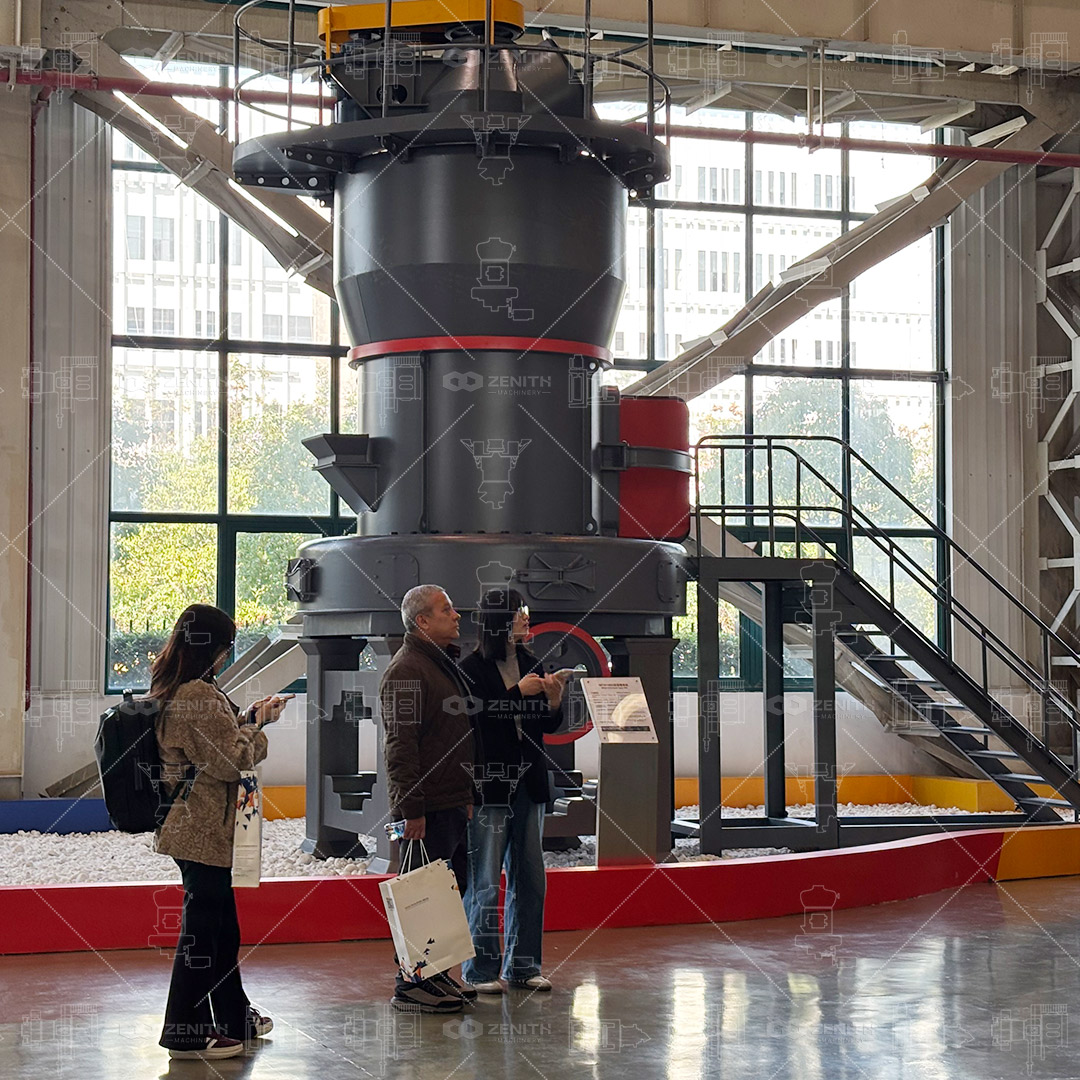
All Zenith grinding equipment carries international certifications including ISO quality system certification, European Union CE certification, and Customs Union CU-TR certification, ensuring that antimony processing operations meet global standards for quality, safety, and environmental protection.
FAQ
What is the most energy-efficient mill for achieving 10-15 micron fineness in antimony ore?
The LUM Ultrafine Vertical Grinding Mill typically provides the highest energy efficiency for this application, reducing energy consumption by 30-50% compared to conventional mills while maintaining precise control over particle size distribution.
Can the same grinding system handle both coarse crushing and fine grinding of antimony ore?
While some systems like the MTW European Trapezium Mill can handle input sizes up to 35mm, for optimal efficiency we generally recommend secondary crushing before fine grinding. This approach maximizes throughput and reduces wear on grinding components.
How does the abrasiveness of antimony ore affect mill maintenance schedules?
Antimony ore has moderate abrasiveness. Our grinding systems incorporate high-quality wear-resistant materials in critical components, typically allowing for maintenance intervals of 6-12 months depending on throughput, with quick-replacement systems minimizing downtime.
What dust collection efficiency can be expected when grinding to 10-15 microns?
Our integrated pulse dust collection systems typically achieve 99.9% collection efficiency for particles in the 10-15 micron range, ensuring both product recovery and environmental compliance.
Is remote monitoring and operation available for these grinding systems?
Yes, our LM Vertical Grinding Mills and several other models include advanced control systems supporting remote operation, real-time monitoring, and predictive maintenance capabilities.
How does temperature sensitivity of antimony affect grinding system selection?
Some antimony compounds can be temperature-sensitive. Our systems incorporate precise temperature control through adjustable airflow and, when necessary, integrated cooling systems to maintain optimal processing conditions.
What is the typical installation timeframe for a complete antimony grinding system?
Depending on system complexity and site conditions, installation typically requires 4-8 weeks, with our global service network providing technical support and commissioning assistance.



